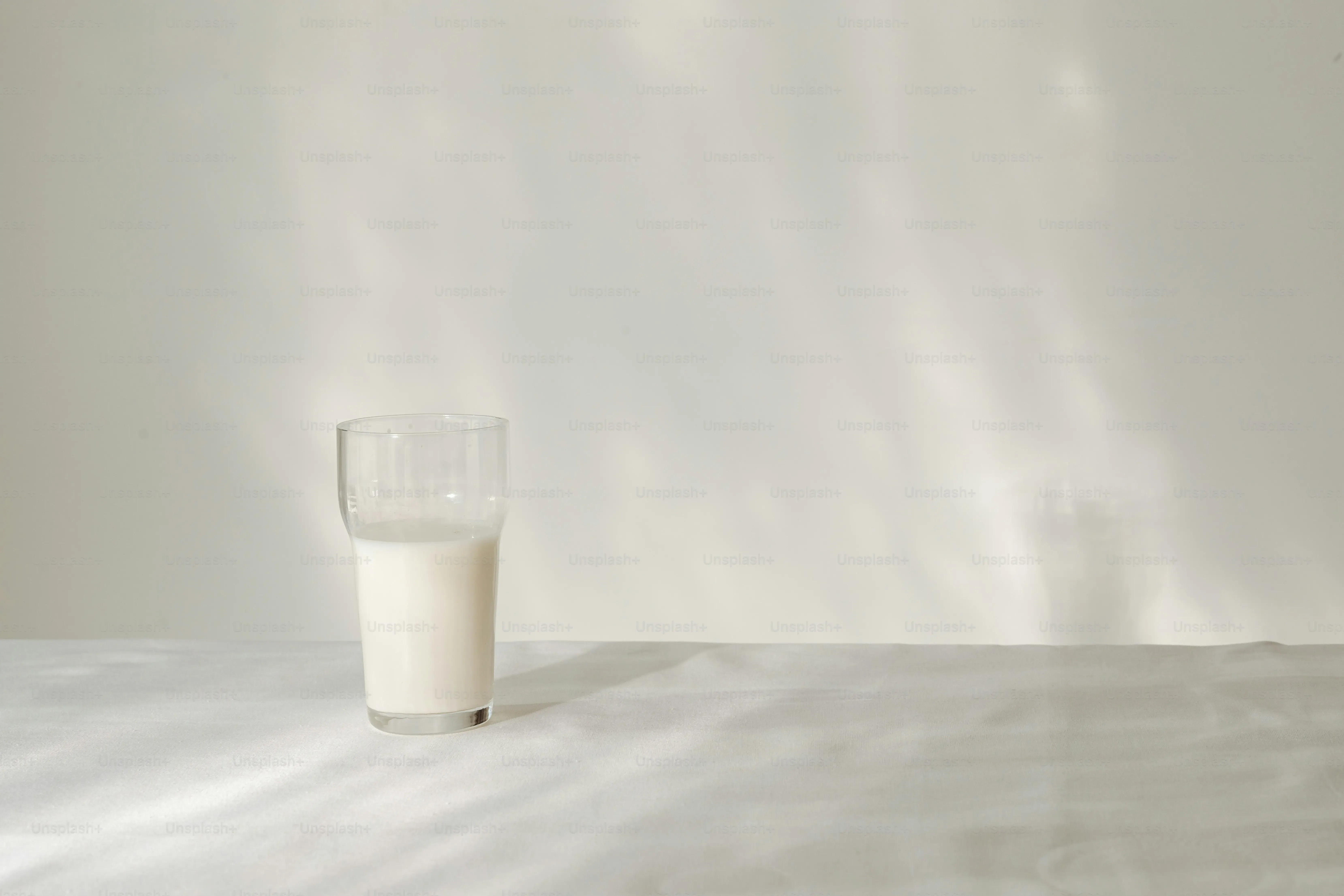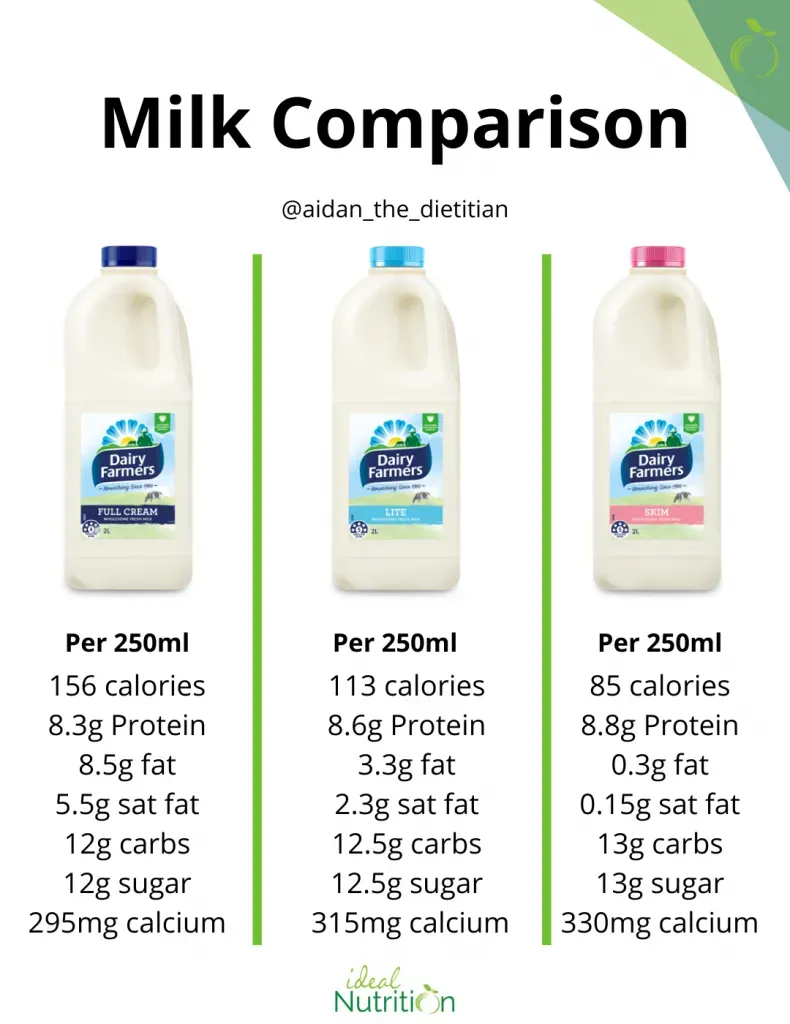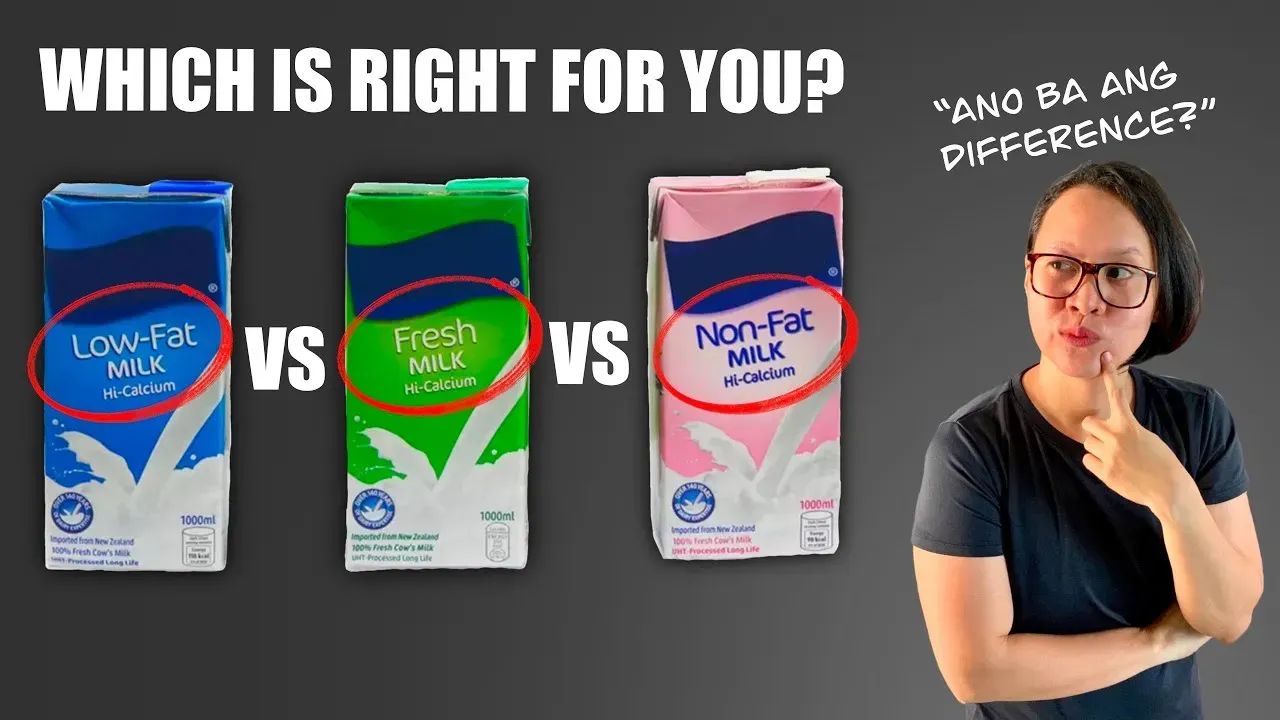Table of Contents
Walk down the dairy aisle and you're faced with a choice: whole milk, 2%, 1%, and then there's the classic showdown between non fat vs low fat milk. For years, we were told that less fat was always better, pushing these options to the forefront. But is the difference just a percentage point on the carton, or does it actually impact nutrition, taste, and how it fits into your diet? It’s easy to grab one over the other based on habit or a vague idea of 'healthier,' but the details matter more than you might think.
NonFat Milk vs. LowFat Milk: What's the Real Difference?
NonFat Milk vs. LowFat Milk: What's the Real Difference?
What "Non-Fat" Actually Means
Alright, let's get down to basics. When you see "non-fat milk" on the carton, the FDA says it has to contain less than 0.5% milk fat by weight. That's practically zero. Think of it like this: they take whole milk, which is around 3.25% fat, and skim off almost all of it. It's why it's often called "skim milk." The goal is to remove the fat, and with it, some calories. It results in a thinner liquid, less creamy than its fattier cousins.
Breaking Down "Low-Fat" Milk
Now, "low-fat milk" is where things get a little more specific. This term usually applies to milk that contains 1% milk fat. Yes, just one percent. It might not sound like much of a jump from non-fat's less than 0.5%, but that small amount of fat makes a noticeable difference. It's still significantly less fat than 2% milk (reduced-fat) or whole milk, sitting squarely in the 'low-fat' category as defined by regulations.
So, when comparing NonFat Milk vs. LowFat Milk, the core distinction is that sliver of fat. Non-fat strips it away almost entirely, while low-fat leaves just enough to register as 1%.
Milk Type | Typical Fat Content |
|---|---|
Non-Fat (Skim) | Less than 0.5% |
Low-Fat (1%) | 1% |
Why That Tiny Fat Difference Matters
You might think, "It's only 0.5% to 1%, what's the big deal?" Turns out, that small amount of fat isn't just about calories; it affects other things too. Fat carries flavor. It influences texture. That tiny bit of fat in low-fat milk gives it a slightly richer mouthfeel compared to non-fat milk, which can sometimes feel watery or thin. It also impacts how certain vitamins, like A and D which are fat-soluble and added back into milk after processing, are absorbed. While both are fortified, the presence of fat can aid absorption.
Understanding this distinction is key when you're deciding on NonFat Milk vs. LowFat Milk, not just for the nutrition label, but for how you plan to use it in your coffee, cereal, or cooking.
Breaking Down the Nutrition Facts: NonFat vs. LowFat Milk
Breaking Down the Nutrition Facts: NonFat vs. LowFat Milk
Counting Calories and Fat: The Obvious Divide
let's look at the numbers, because that's usually the first thing people check when comparing non fat vs low fat milk. The most obvious difference is right there in the name: fat. Non-fat milk, with its less than 0.5% fat, clocks in with the fewest calories per serving. We're talking maybe 80-90 calories for a cup. Low-fat milk, at 1% fat, adds a few more calories, typically landing in the 100-110 calorie range per cup. It's not a massive difference in the grand scheme of a day's eating, but if you're tracking every single calorie, that 10-20 calorie spread per glass can add up, especially if you drink a lot of milk.
Protein, Calcium, and Vitamins: More Alike Than Different
Beyond the fat and calorie count, when you compare non fat vs low fat milk nutritionally, they start looking pretty similar. Both types are excellent sources of protein, providing about 8 grams per cup. That's solid for muscle repair and feeling full. Calcium? Yep, both deliver around 300mg per cup, crucial for bone health. And those added vitamins A and D we talked about? They're fortified into both non-fat and low-fat milk, so you get those benefits regardless of the fat content. Unless you're dealing with a specific dietary need or a doctor's recommendation, the core nutritional powerhouse of milk – protein and calcium – remains largely unchanged between these two options.
Nutrient (per cup) | Non-Fat Milk | Low-Fat (1%) Milk |
|---|---|---|
Calories | ~80-90 | ~100-110 |
Total Fat | <0.5g | 2.5g |
Protein | ~8g | ~8g |
Calcium | ~300mg | ~300mg |
Vitamin D | Fortified | Fortified |
Vitamin A | Fortified | Fortified |
Beyond the Numbers: Taste and Texture in NonFat and LowFat Milk
Beyond the Numbers: Taste and Texture in NonFat and LowFat Milk
The "Watery" Truth About Non-Fat Milk
let's be real. When you strip away almost all the fat from milk, you're left with something that feels... different. Non-fat milk, or skim, has a noticeably thinner consistency. If you're used to whole milk's creamy richness, pouring skim milk can feel like pouring slightly colored water. This lack of fat means there's less coating your tongue, which translates to a less robust flavor. Some folks describe it as tasting "thin" or even a bit bland. It's not necessarily bad, just a distinct characteristic that comes with removing the fat molecules that contribute to richness and mouthfeel. Think about using it in something like a smoothie where other ingredients dominate the flavor, or cereal where the texture matters less.
Low-Fat Milk: That Hint of Creaminess
Now, swing over to low-fat milk with its 1% fat. That seemingly small percentage makes a surprising difference in how it feels and tastes. It's not as thick or luxurious as whole milk, certainly, but it avoids the sometimes-watery pitfall of non-fat. The 1% fat adds just enough body and a slight richness to the texture. Flavor-wise, it feels a bit more like "milk" than skim does. It's a middle ground that many find acceptable if they're cutting back on fat but still want some semblance of traditional milk texture and flavor. It performs better in coffee or tea than non-fat milk, as it's less likely to separate or disappear into the liquid.
When considering non fat vs low fat milk for cooking or drinking, how they feel in your mouth is a key factor.
Here's a quick comparison:
- Non-Fat: Thin, light, sometimes described as watery. Flavor is less pronounced.
- Low-Fat (1%): Slightly thicker than non-fat, smoother mouthfeel. Flavor is a bit richer.
Using the Difference: Taste Affects Application
The textural and taste differences between non fat vs low fat milk aren't just academic; they matter in the kitchen. Non-fat milk can be great for recipes where you need liquid but don't want added richness, like some baked goods or savory sauces where you control the fat elsewhere. However, trying to make a creamy soup or a rich custard with non-fat milk is often a fool's errand; it simply lacks the fat structure needed for that desired texture. Low-fat milk offers a bit more versatility. It works reasonably well in many recipes where you'd use 2% or even whole milk, though you might notice a slight difference in the final product's richness. For your morning coffee or pouring over granola, the choice often comes down purely to personal preference and what texture you find most palatable.
Choosing Your Pour: Is NonFat or LowFat Milk Right for You?
Choosing Your Pour: Is NonFat or LowFat Milk Right for You?
Who Reaches for Non-Fat Milk?
Alright, so you're standing there, staring at the options. Who actually benefits most from grabbing the non-fat carton? Generally, it's the calorie counters and those who simply prefer the absence of fat taste and texture. If you're strictly managing your caloric intake and every calorie counts, non-fat milk offers the lowest number per serving. It's also a go-to for folks who find the richness of even low-fat milk unappealing, maybe in a protein shake where you want the liquid base without any added mouthfeel. Think of it as the minimalist choice in the milk world – stripped down to the essentials of protein, calcium, and fortified vitamins, minus the fat.
When Low-Fat (1%) Makes More Sense
On the flip side, low-fat milk, with its 1% fat, is often the choice for those who want a compromise. They're looking to reduce saturated fat and calories compared to 2% or whole milk, but they aren't ready to sacrifice all texture and flavor. It's the Goldilocks option for many. If you pour milk on your cereal and find skim milk makes it soggy instantly, or if you add a splash to your coffee and the non-fat version just disappears, the 1% might be your sweet spot. That small amount of fat provides just enough body to feel like milk without the heavier feel of higher-fat options.
So, when navigating non fat vs low fat milk, consider your priorities:
- Choose Non-Fat If: Calories are your primary concern, you prefer a very light texture, or you're using it in recipes where added fat isn't wanted.
- Choose Low-Fat If: You want reduced fat but still desire some texture and a bit more traditional milk flavor, or you use it in beverages where skim feels too thin.
Beyond Fat Content: Personal Preference Wins
Ultimately, the decision between non fat vs low fat milk often boils down to personal preference and how you plan to use it. While the nutritional differences beyond fat and calories are minimal (protein, calcium, and fortification are largely the same), the impact on taste and texture is real. Don't feel pressured to pick non-fat just because it has slightly fewer calories if you genuinely dislike the way it feels or tastes. Finding a milk you enjoy is crucial for consistency, ensuring you actually drink it and get those valuable nutrients. If you find low-fat milk keeps you from reaching for a less nutritious alternative, that 1% fat is likely a worthwhile trade-off for sticking to a healthy habit.
Making Your Milk Choice: Non-Fat vs. Low-Fat Milk
So, we've looked at the numbers and the nuances between non fat vs low fat milk. It turns out that while the calorie difference might seem small, that bit of fat in low-fat milk does more than just add a few calories; it affects how your body absorbs certain vitamins and certainly changes the sensory experience. Non-fat milk strips away most of the fat and calories, making it a go-to for strict calorie counters, but potentially leaving some nutritional benefits on the table and impacting flavor.
Ultimately, the decision between non fat vs low fat milk isn't about one being universally "better." It depends on your dietary needs, taste preferences, and how you plan to use the milk. Are you prioritizing maximum calorie reduction? Non-fat might be your pick. Do you want a slightly richer texture and potentially better absorption of fat-soluble vitamins, while still keeping fat relatively low? Low-fat milk offers that middle ground. Consider what matters most for your personal health and enjoyment, rather than just defaulting to the lowest number on the label.
